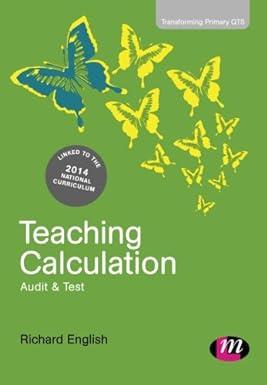| | | Data Tables - Example | | | | | | | | | | | | | | | Hello Company makes three different products. Due to the constraints of their manufacturing equipment and warehouse facility, the company is only able to produce, store, and sell a total of 50,000 units each month. The production of Products A and B varies each month; however, Product C is a special order for one customer who purchases the same number of units every month. Pete Davila, the CEO, has provided the following data from last month for each product. | | | | | | | | | | | | | | | | | | | | | | | | | Income Statement | Product A | Product B | Product C | Max Capacity | | | | | | | Units | 43,000 | 5,000 | 2,000 | 50,000 | | | | | | | Price per unit | $ 10.00 | $ 8.00 | $ 50.00 | | | | | | | | Variable expense per unit | $ 3.00 | $ 2.00 | $ 15.00 | | | | | | | | Total Fixed Costs | $ 20,000 | $ 40,000 | $ 10,000 | | | | | | | | | | | | | | | | | | | Product Sales | $ 430,000 | $ 40,000 | $ 100,000 | $ 570,000 | | | | | | | Variable Costs | (129,000) | (10,000) | (30,000) | (169,000) | | | | | | | Contribution Margin | $ 301,000 | $ 30,000 | $ 70,000 | $ 401,000 | | | | | | | Fixed Costs | (20,000) | (40,000) | (10,000) | (70,000) | | | | | | | Operating income (loss) | 281,000 | (10,000) | 60,000 | $ 331,000 | | | | | | | | | | | | | | | | | | | | | | | | | | | | Required | | | | | | | | | | | | | | | | | | | | Using the Data Table What-If Analysis tool in Excel, determine the Units and Operating Income (Loss) for each product based | | on the following scenarios. (Hint: Don't forget that the warehouse can only hold up to 50,000 units.) | | | | | | | | | | | | | | | | Scenario 1: Pete wants to find the mix of units that will result in the highest overall Operating Income, perform this analysis | | using a two-variable data table. Product A can vary between 40,000 units and a maximum of 45,000 units. | | | | Product B can vary between 3,000 units and a maximum of 8,000 units. Both Products A and B are manufactured in | | | 1,000-unit increments. The production level of Product C is the same each month at 2,000 units. | | | | | | | | | | | | | | | | | SCENARIO 1 | Units | Operating Income (Loss) | | | | | | | | | Product A | ? | ? | | | | | | | | | Product B | ? | ? | | | | | | | | | Product C | ? | ? | | | | | | | | | | - | $ - | | | | | | | | | | | | | | | | | | | Scenario 2: Pete wants each product line in the mix to be profitable. Use a One Variable Data Table to determine the | | number of units for each product that should be produced (to the nearest thousand) to make each product line profitable. | | | | | | | | | | | | | | SCENARIO 2 | Units | Operating Income (Loss) | | | | | | | | | Product A | ? | ? | | | | | | | | | Product B | ? | ? | | | | | | | | | Product C | ? | ? | | | | | | | | | | - | $ - | | | | | | | | | | | | | | | | | | | Based on your calculations above, which scenario creates the highest overall Operating Income for the company? | | | |






